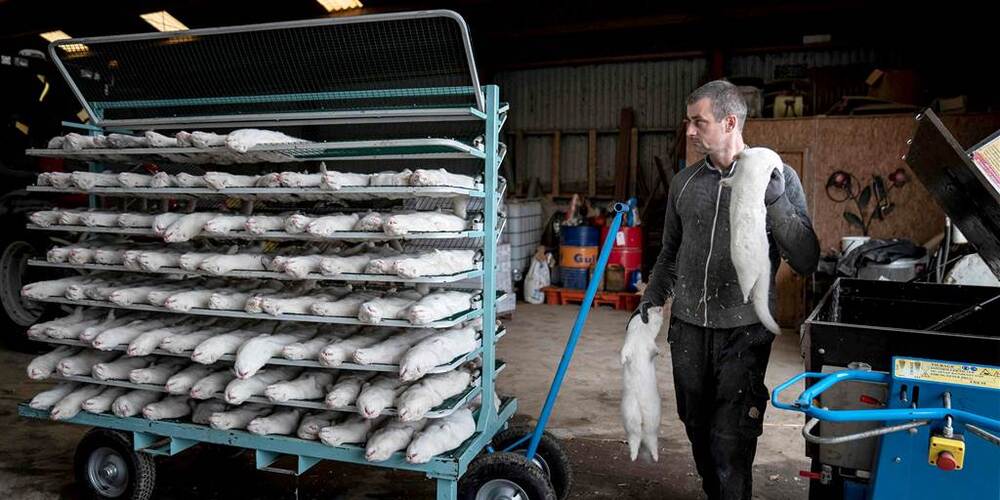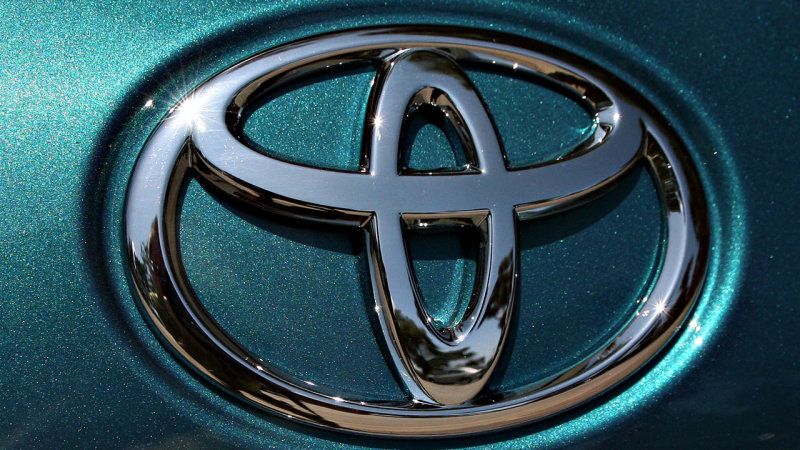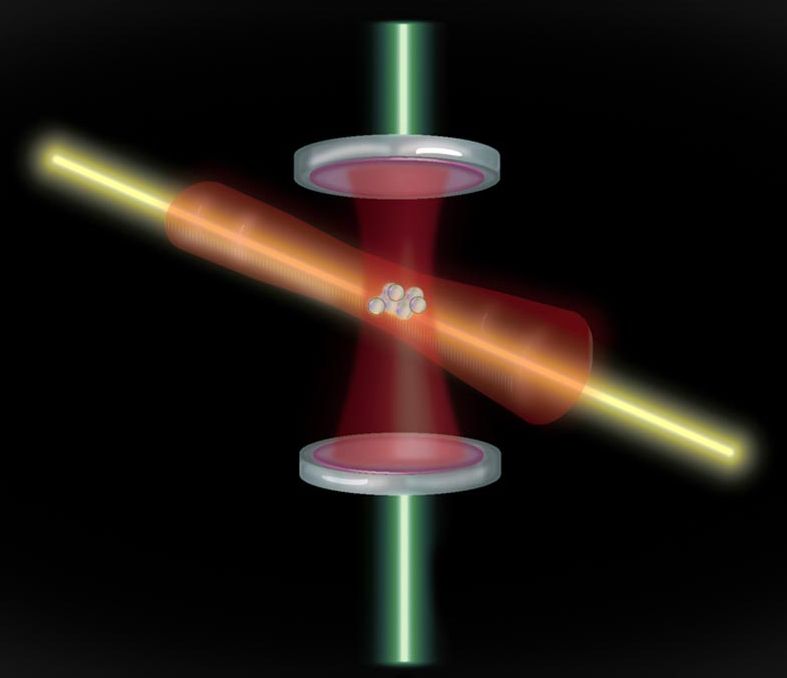Um wtf o.o
Denmark culled 17 million minks in November in response to Covid-19 outbreaks at more than 200 mink farms. Now the country plans to dig up the dead animals after they started to rise out of their shallow graves.




And why it could take months more to discover how many other governments and companies have been breached.
By
The journey to see future technology starts in 2022, when Elon Musk and SpaceX send the first Starship to Mars — beginning the preparations for the arrival of the first human explorers.
We see the evolution of space exploration, from NASA’s Artemis mission, humans landing on Mars, and the interplanetary internet system going online. To the launch of the Starshot Alpha Centauri program, and quantum computers designing plants that can survive on Mars.
On Earth, tech evolves with quantum computers and Neaulink chips. People begin living with bio-printed organs. Humans record every part of lives from birth. And inner speech recording becomes possible.
And what about predictions further out into the future, when humans become level 2 and level 3 civilizations. When NASA’s warp drive goes live, and Mars declares independence from Earth. Will there be Dyson structures built around stars to capture their energy. Will they help power computers that can take human consciousness and download it into a quantum computer core. Allowing humanity to travel further out into space.
Quotes about the future from: Arthur C. Clarke, Stephen Hawking, Albert Einstein, and Elon Musk.
Additional footage sourced from: NASA, SpaceX.

Popular media and policy-oriented discussions on the incorporation of artificial intelligence (AI) into nuclear weapons systems frequently focus on matters of launch authority—that is, whether AI, especially machine learning (ML) capabilities, should be incorporated into the decision to use nuclear weapons and thereby reduce the role of human control in the decisionmaking process. This is a future we should avoid. Yet while the extreme case of automating nuclear weapons use is high stakes, and thus existential to get right, there are many other areas of potential AI adoption into the nuclear enterprise that require assessment. Moreover, as the conventional military moves rapidly to adopt AI tools in a host of mission areas, the overlapping consequences for the nuclear mission space, including in nuclear command, control, and communications (NC3), may be underappreciated.
AI may be used in ways that do not directly involve or are not immediately recognizable to senior decisionmakers. These areas of AI application are far left of an operational decision or decision to launch and include four priority sectors: security and defense; intelligence activities and indications and warning; modeling and simulation, optimization, and data analytics; and logistics and maintenance. Given the rapid pace of development, even if algorithms are not used to launch nuclear weapons, ML could shape the design of the next-generation ballistic missile or be embedded in the underlying logistics infrastructure. ML vision models may undergird the intelligence process that detects the movement of adversary mobile missile launchers and optimize the tipping and queuing of overhead surveillance assets, even as a human decisionmaker remains firmly in the loop in any ultimate decisions about nuclear use. Understanding and navigating these developments in the context of nuclear deterrence and the understanding of escalation risks will require the analytical attention of the nuclear community and likely the adoption of risk management approaches, especially where the exclusion of AI is not reasonable or feasible.

The new atomic clock design, which uses entangled atoms, could help scientists detect dark matter and study gravity’s effect on time.
Atomic clocks are the most precise timekeepers in the world. These exquisite instruments use lasers to measure the vibrations of atoms, which oscillate at a constant frequency, like many microscopic pendulums swinging in sync. The best atomic clocks in the world keep time with such precision that, if they had been running since the beginning of the universe, they would only be off by about half a second today.
Still, they could be even more precise. If atomic clocks could more accurately measure atomic vibrations, they would be sensitive enough to detect phenomena such as dark matter and gravitational waves. With better atomic clocks, scientists could also start to answer some mind-bending questions, such as what effect gravity might have on the passage of time and whether time itself changes as the universe ages.

It is the weekend and time for a new video… following on from last week, this time I am looking at the types of cardiovascular training and how they effect your body at the cellular level, so you can craft your own training program, suited to your lifestyle and preferences, that helps you slow the aging process so you can live long enough to live forever…and be fit enough to enjoy it to the maximum.
After all, if life is boring, why live forever?
In The Benefits Of Cardiovascular Fitness, I look at the benefits of training and exercise, both High Intensity Interval Training (HIIT) and Steady State Cardio training, and how they effect the body in different ways, making them both essential weapons in your arsenal against the effects of aging.
If you missed Why We Should Exercise Regularly — Ten Amazing Benefits, you can find that here… https://youtu.be/ZMXFBgcuaaI So go and get sweaty, and share your preferred workout regime with us in the comments below.
So go and get sweaty, and share your preferred workout regime with us in the comments below.
The return capsule of the Chang’e-5 lunar mission was opened on 19 December 2020, in Beijing, China. Scientists extracted the lunar sample container and the China National Space Administration (CNSA) handed over the lunar samples to the Chinese Academy of Sciences (CAS) for research.
Credit: China Central Television (CCTV)